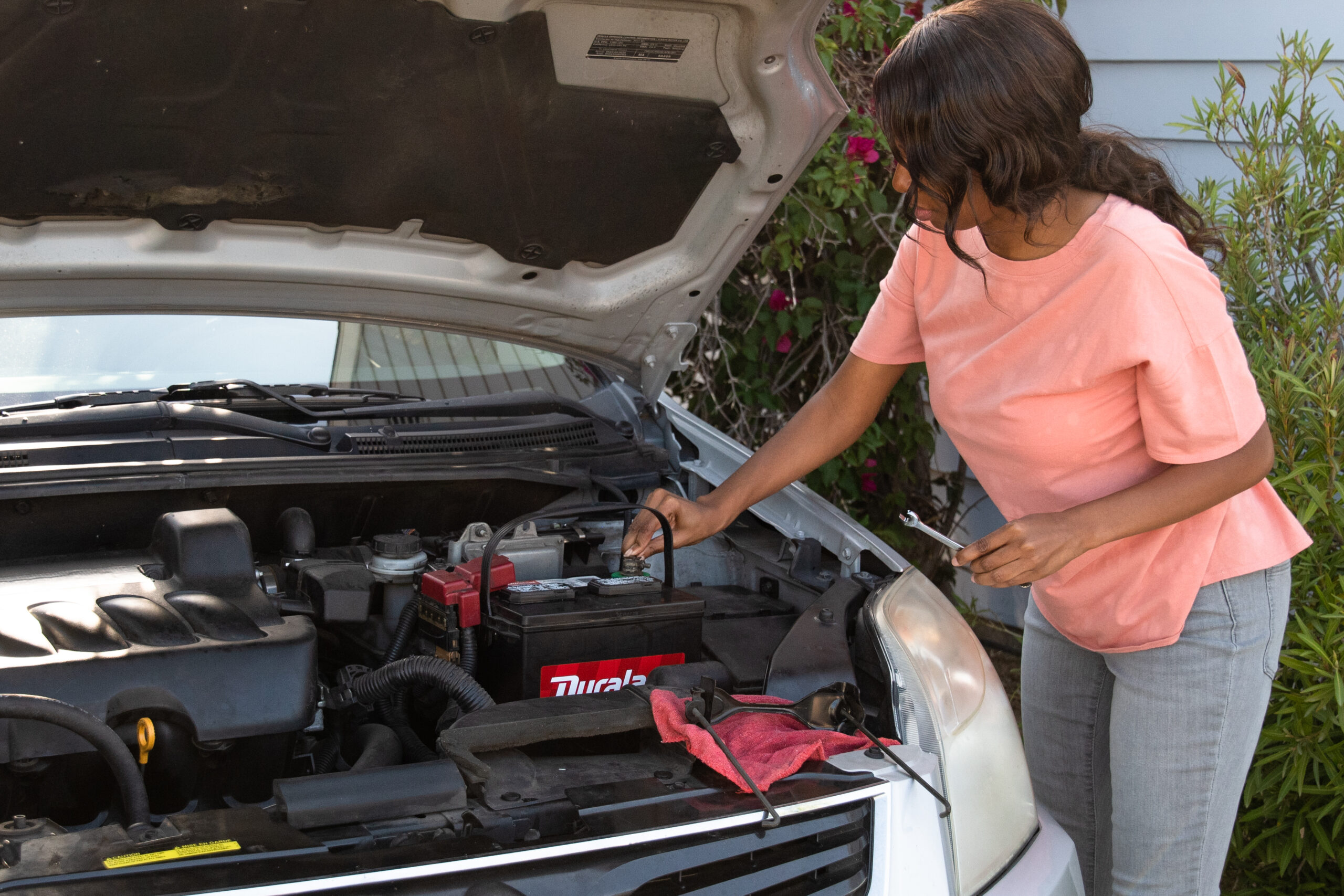I should have bought battery manufacturer assest as i ruined at least 2 wel-cell batteries every year,
till i replaced them with AGM's in 2016 and from then i just replaced dead wet-cells with AGM's, but not a dead AGM.
I can't recall any outboard manufacturer who does clearly allow AGM batteries, most write about wet-cells and only them, same as for LiFePo's btw.
There is no reason to not use AGM's on a boat and they have only many advantages over wet-cells and price came down substatially and at least here in Italy a quality brand AGM is about 30-60$ more than same size, same brand wet-cell.
- AGM has a much lower elf discharge and can be stored in a cool place for 6 months without recharge
- AGM, same as Gel have a much higher vibration and shock resistance as wet-cell
- AGM does not loose acid nor do cell plates become exposed due lack of acid
- AGM under normal circumstances don't produce hydrogen
- AGM are in every car with start/stop system
- AGM charge faster than wet-cells
Problems of AGM batteries are
- higher production cost
- AGM batteries cannot tolerate overcharging or deep discharging, which can significantly shorten their lifespan.
- ts capacity gradually diminishes over extended usage cycles
- Compared to other advanced battery technologies, it has a lower energy density, resulting in larger volume and more occupied space
Regarding the above mentioned problems:
- i never had any problem with quality AGM's, Varta, Bosch and a lot of Optima nor did they lasted less than wet-cell
- They get charged in my (some of them very old) cars, trucks, tractor, backhoe and boats without obvious overcharging
- It may be that wet-cell last a few years longer under optimal conditions, but they are often achieved
- the usual 96Ah or 100Ah i use has exactly same size as a wet-cell of same Ah
My Venture 34 had 2 BlueTops for house and 2 Yellow Tops for starting the twin DF300AP and there was not the slightest problem with them in 5 years. They got killed when i was back in Sardinia by someone who turned on the batteries - probably to wash the boat - and left battery switch on. Thats why i don't want that the boat is washed when on the dry and usually pull the batteries and take them home.
My 306 Canyon has 3 two year old AGM's and no problem the last summer and 120 hours, same as my dive rib.
All boats had no land power nor solar charging, only charging was eith engines on or when in my home nd on a charger.
All of my NOCO Genius and G3500 charger have Cold/AGM setting and switch automatically to it.
However, for a new charger i would buy the model with AGM setting even if i am not sure if there is a substantial difference.
Chris



